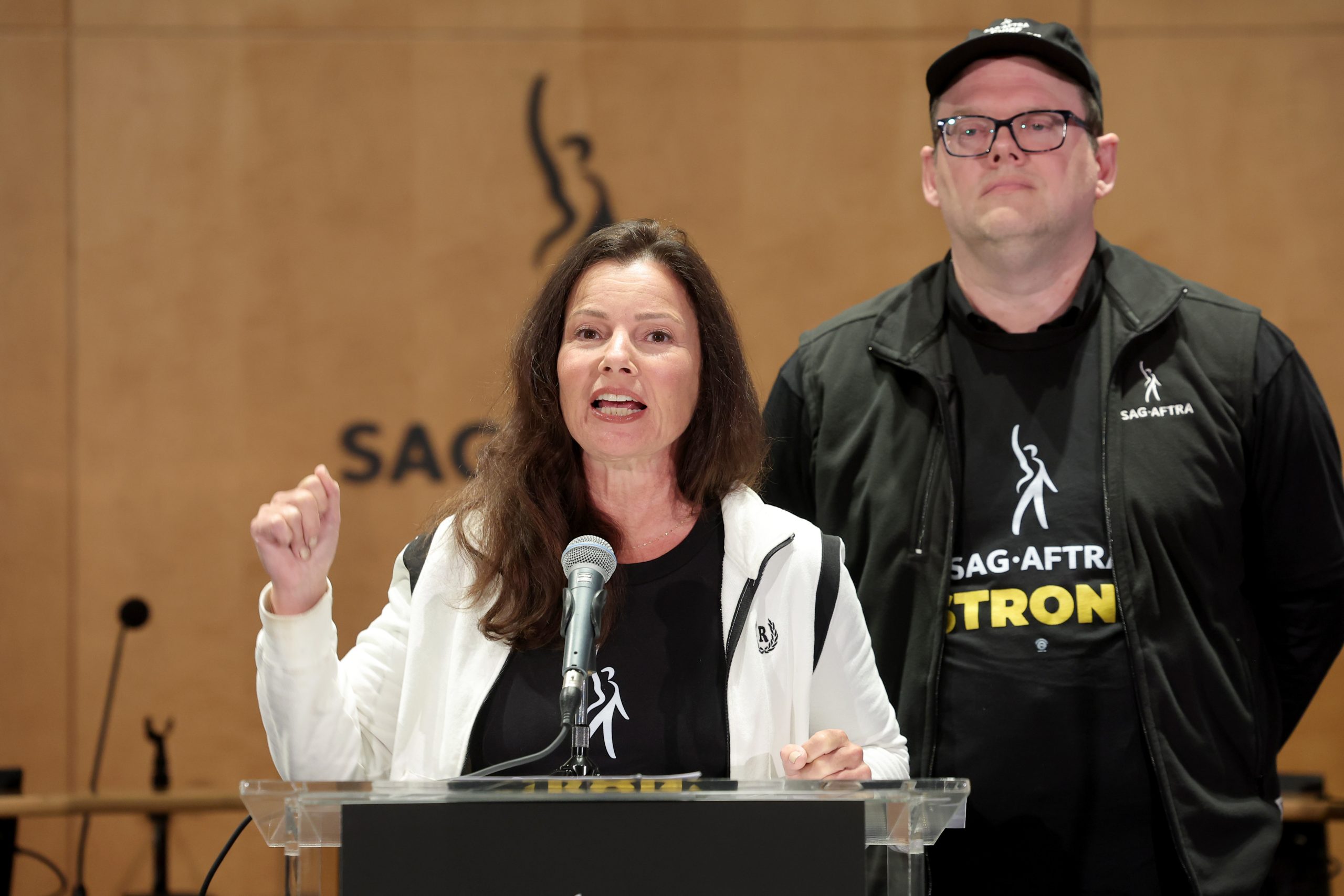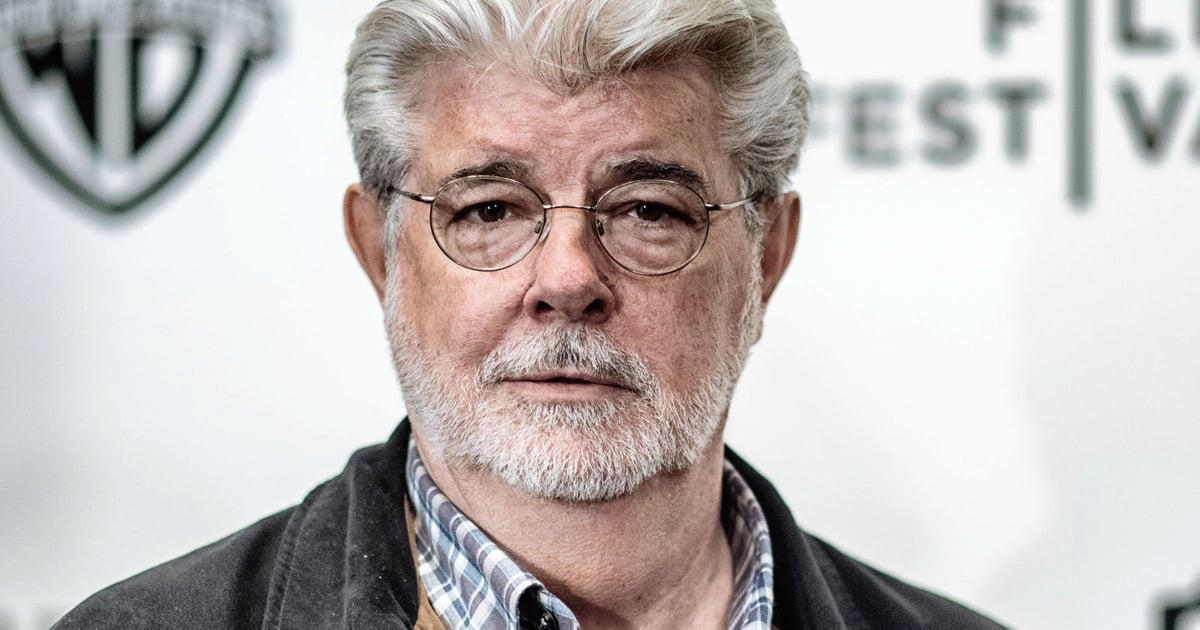SAG-AFTRA Strike: Where Things Stand And What May Happen Next
Back when the Writers Guild of America settled with the studios its five-month strike, it was assumed that the actors, who were coming in close to the three-month mark of their respective stoppage, would also reach an agreement quickly. The reasons were simple: people on both sides of the table are tired of the strikes and want to get back to work (they have also both made their point by now), and the sticking points for SAG-AFTRA were actually quite similar to the WGA’s. So it was assumed by most pundits that the WGA agreement would be used as a template by both sides and get a deal done for the actors fairly quickly.
Negotiations did not take long to restart, but after several meetings, some more productive than others, the studios finally walked out of the negotiations last Wednesday. Here’s what we know so far: Yes, the sticking points are sort of the same for actors as they were for the writers, but there are key differences. First, there’s the money issue. The WGA was asking for a 6% increase on the minimums, which was even less than half of the economic inflation since 2020; the studios offered 5% and the guild finally settled for that, in exchange for gains elsewhere. (It should be noted that there will be further increases in subsequent years of the new contract.)
This may sound like a very minor issue, but remember that it represents around 80% of the total value of the WGA deal (which is triple what the studios were offering, though half of what the writers wanted). And this figure is especially important when you consider that SAG-AFTRA is asking for an 11% increase. Here’s where the cracks start to appear — the WGA deal is no longer a blueprint, but rather the floor for what the actors will ask for. Now, that 11% was already present in the pre-strike negotiations earlier this summer, but it is important because studios have more union negotiations on the line next year with IATSE, Teamsters, and Netcode (which includes talk shows, reality show actors, etc.). If they give 11% to the actors, that is also what these other unions will ask for.
Another issue seems to be that of artificial intelligence, which was also part of the WGA negotiations, but in the case of the actors the conditions are quite similar and there will be a lot of details to discuss. Not a lot has transcended about this point, but we assume that positions on both sides of the table are pretty much the same as they were for the writers: studios want room for experimentation, and actors are afraid of what they don’t know yet. And in the case of the actors, especially if we talk about background performers or even voice actors, it may be even scarier.
But what broke the camel’s back was actually the issue of residuals and streaming transparency. The initial SAG-AFTRA offer was more specific than the writers’, as they were asking for 2% of the streamers’ revenue. They apparently put together a whole model that the studios threw back at them and asked to reconsider. They did: Instead of asking for a direct percentage of the revenue, they proposed a model where the actors would receive roughly 57 cents per subscriber per year. That was. no-go for everybody, most of all, for Netflix co-CEO Ted Sarandos who, next to Bob Iger (Disney), Donna Langley (Universal), and David Zaslav (Warner Bros. Discovery) had been attending the negotiations.
That moment was when they just left the room and didn’t come back. In a story published today, The Hollywood Reporter contacted several experts to consult on this very topic. One of them, USC Marshall School of Business adjunct professor Sanjay Sharma, said that this “levy”, as Sarandos has referred to (a term which SAG-AFTRA chief negotiator Duncan Crabtree-Ireland despises), would cost the studios around $500M per year, or “one blockbuster movie that did not work”, as he put it.
However, the breaking of the negotiations has not sat well with a significant portion of the SAG-AFTRA membership. The negotiating committee held a Zoom call earlier this week with a group of A-listers, led by George Clooney, but which included Scarlett Johansson, Ben Affleck, Tyler Perry, Emma Stone, and others. They wanted to check how negotiations were going and also had a proposal of their own. They pitched to SAG-AFTRA a new bottom-up residuals model, where the lowest-paid actors would be the first to receive the checks, and the highest-paid, the last. But that’s not what grabbed everyone’s attention.
In addition, the now-dubbed “Clooney Plan”, intended to create an annual $50M fund by removing the $1 million cap on member dues that could be used by members of the guild that most need it. A small clarification here: currently, SAG-AFTRA guild members have to pay an annual fee of $231.96 plus 1.575% of covered earnings up to $1 million. The top-grossers, led by Clooney, are proposing to eliminate that cap. (Variety used math and logic to question the $50M figure, though.)
As he told Deadline:
“A lot of the top earners want to be part of the solution. We’ve offered to remove the cap on dues, which would bring over $50 million to the union annually. Well over $150 million over the next three years. We think it’s fair for us to pay more into the union. We also are suggesting a bottom-up residual structure — meaning the top of the call sheet would be the last to collect residuals, not the first. These negotiations will be ongoing, but we wanted to show that we’re all in this together and find ways to help close the gap on actors getting paid.”
Said SAG-AFTRA in response: “Thanks, but no thanks.” The basic argument against it is that they are not fighting the right battle here. For starters, that money would be more than welcome, but as SAG-AFTRA President Fran Drescher explained in an Instagram video, it cannot be used to fund healthcare and pension plans, which is probably what Clooney et al wanted to achieve. The money to fund those plans must come from the employers, i.e., the studios. But more than anything, the key factor here is that these top-earning actors are not really understanding the issues and that they are focused on something else. They are basically saying: “We want to go back to work. If money is all you need, here’s some.”
However, what Fran Drescher, Duncan Crabtree-Ireland, and their whole team are fighting for goes well beyond that. Yes, it’s ultimately about money, but the threat of AI cannot be quantified into a dollar figure yet. They are also fighting for fair compensation for their contributions to the streamers’ successes. However, this is also where the studios are afraid to give in. This “levy” or “toll” that the actors proposed would set a dangerous precedent for next year’s negotiations.
Sure, the only plumber that really would make a difference for a studio’s bottom line at the end of the year is named Mario. But Netcode, particularly through its reality show base, could take this 57 cents/year proposal and run with it. If we really want to open up the books, how big of a percentage of Netflix users tune into Love Is Blind versus any other average scripted show? Reality TV on the major streamers just became all the more relevant with the recent merger of HBO Max and Discovery into Max — not to mention the explosion of Naked Attraction. Sure, maybe these aren’t Suits-level numbers, but they aren’t nothing.
With all of that being said, the situation is untenable, and as much as everyone likes to draw their lines on the sand, people need to get back to work and everyone is tired of this whole thing. So negotiations should restart within the next couple of weeks because it’s not just the guild’s top-earners who are clamoring for a quick resolution. The entire LA economy took a $5 billion hit this year, as everyone, from set carpenters to makeup artists to even restaurant owners are out of work.
Miguel Fernández is a Spanish student that has movies as his second passion in life. His favorite movie of all time is The Lord of the Rings, but he is also a huge Star Wars fan. However, fantasy movies are not his only cup of tea, as authors like Scorsese, Fincher, Kubrick or Hitchcock have been an obsession for him since he started to understand the language of filmmaking. He is that guy who will watch a black and white movie, just because it is in black and white.







